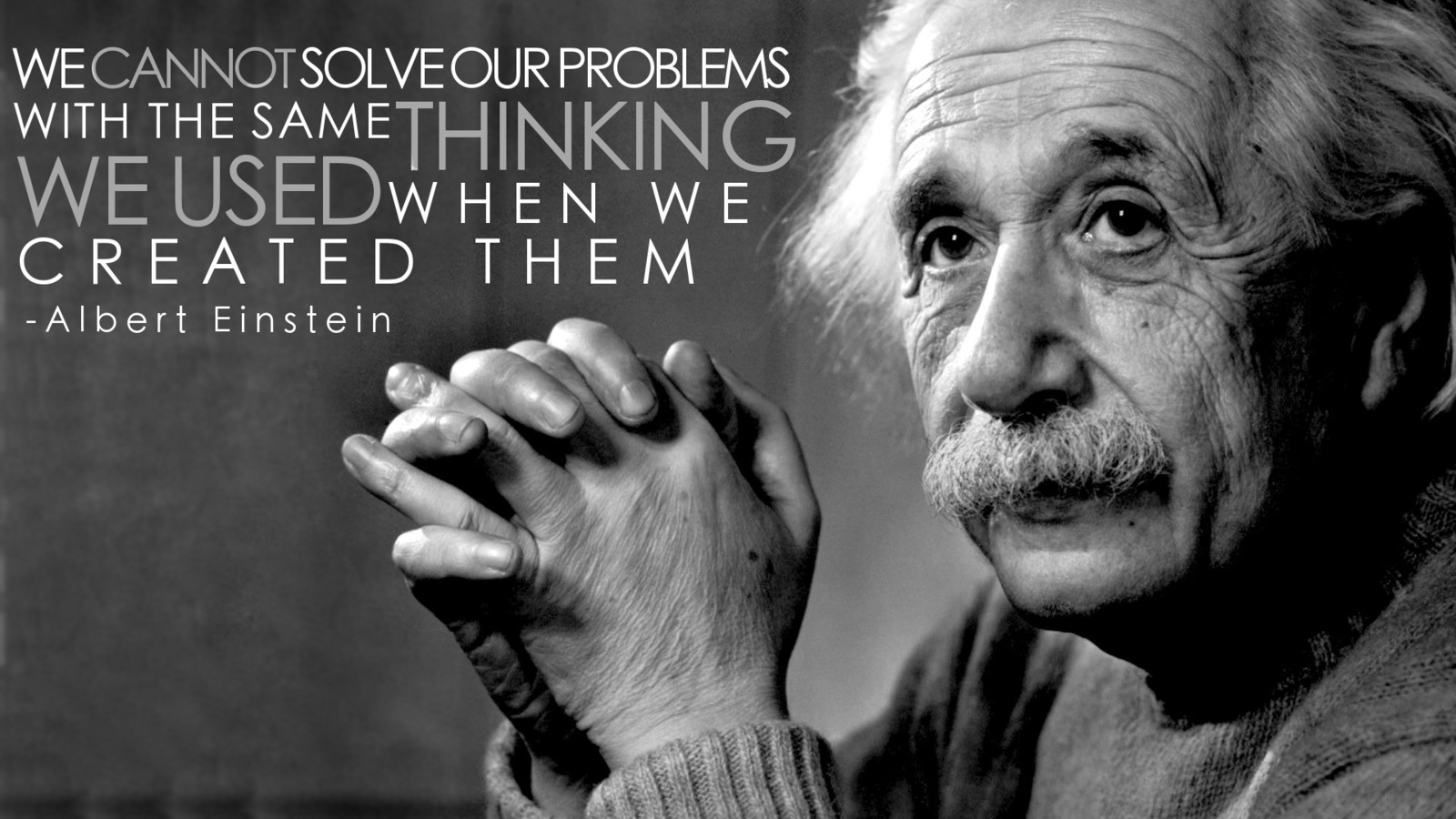Management always talk about creating a performance culture.
To achieve the above, we see the implementation of performance management tools which (1) incorporates target setting exercises, (2) performance evaluations against these targets, and then (3) distribution of annual performance bonus (often) according to where staff rank in the annual performance bell curve.
Whether these tools promote the much desired performance culture is debatable. The intent is noble, but the implementation and outcomes are often not. More often than not, staff and supervisors alike find these tools demotivating.
Yet year after year, company after company – we see these performance management tools continue to be pushed, tweaked, automated, enhance, and what have you.
I have personally been involved in this aspect of management for a large part of my career. And yet, I still find this aspect of management as elusive as ever. This is almost like the holy grail of management.
That being said, I have put quite some thought on the alternative – and here, I aim to cover an implementation framework how this can be done. I must caution that this is much tougher than it seems due to many deep set management practices and mindsets that often work against this proposed alternative performance management model. To make it work we must be willing to unlearn and relearn a lot of what we have learnt about management from books as well as our past practices.
In this post, I will cover the following –
- Truths about people and how they operate in firms
- Assumptions in relation to behaviours based on studies
- Organisational pre-requisites and enablers
- The model itself
Truths
There a few truths that are consistent across all organisations.
The first truth in organisations comprising more than one person, people work together in order to achieve the organisational results. No single person can deliver results in an organisation. This has to do with work distribution, functional focus and inter-dependency. In other words, people in all organisations operate as teams. Whether these teams are good or bad, is a separate discussion.
The second truth about organisations is that they exist to serve a particular purpose or need of a stakeholder or customer. Related to this truth, is that organisational performance matters. And improvements to that performance matters equally. If an organisation ceases to perform in the eyes of that customer or stakeholder, then the organisation will cease to earn its reason to exist. In short, organisations are measured by its stakeholders or customers – an outside-in, not an inside-out measure.
The third truth about organisations – its employees are not machines that can be programmed and predicted. Organisations are organic entities that act and re-act to many variables in many different ways. People behaviours are not always objective, and are often subjective – often deciding and doing things based on circumstances including emotions and feelings at that point in time and place.
So, (a) people in organisations work as teams, not individuals; (b) organisational performance is measured by the customers or stakeholders it serves, not an internal yardstick; and (c) people are not machines – so practices to “manage” human performance cannot be treated like machine code.
Assumptions
In order to put together a performance management model, we need to understand the nature of human motivation. This is a lot more difficult. From Maslow’s Hierarchy Of Needs to McGregor’s Theory X vs Theory Y, one can say is that people are unpredictable creatures. But to narrow this down, I am focusing my attention to organisations that require knowledge from its people rather than physical force. I’m also making the assumption that knowledge and new ideas cannot be forced upon, but must be encouraged.
I would also make the assumption that intrinsic motivation, rather than extrinsic motivation, yields better long term value, rather than short term results. This is because we need to allow the mind to find solutions on its own, by connecting the dots from various points, rather than forcing the mind to find short cuts.
To this end, we assume that people are intrinsically motivated by autonomy, mastery and purpose – as proposed by Daniel Pink in his book “Drive”. Of course, money, titles, promotion etc – are still fairly effective extrinsic motivators. But the problem with extrinsic motivation – its absence would cause demotivation and a loss of drive. Extrinsic motivators are difficult to sustain under all business conditions.
If we are more concerned about motivating people in an industrial context, then we would focus more on extrinsic motivators, basic hierarchy of needs and restrict the people focus through a tight leash. But our discussion will be concentrating more on motivating knowledge workers, thus we emphasise on intrinsic motivators.
Pre-requisite Enablers
To me there are four critical enablers for my proposed performance management model:
- Clarity of vision and purpose – this is important to ensure that employees in the organisation are clear around the organisational purpose and vision, and the clarity on who the organisation serves. It is also important that employees are able to organise themselves around this vision and purpose so they know how they contribute towards the team in achieving the vision and purpose. Often organisations come up with generic, uninspired, and unclear vision and purpose as part of a management exercise. Once done, the vision and purpose are never looked at again. We must avoid making vision and purpose a wall poster exercise.
- Govern through a set of values, not detailed rules – aside from having clarity of the vision and purpose, the organisation needs to be unambiguous with regards its shared values. The value system is the critical factor in guiding employees make choices and decisions in their day to day activities. No amount of detailed rules will be exhaustive enough to cover all circumstances employees face in their daily affairs. This is especially so in a VUCA (volatile, uncertain, complex and ambiguous) world we live in today. Besides, no employee will be able to remember a whole rule book, but they will be in a better position to understand a set of values.
- Transparency and access to information – for employees to be able to make decisions and choices, they will need transparent access to information. Information needs to be made available based on need, not authority. Key performance initiatives for the organisation and their impact will equally need to be made transparent too.
- Resources and coordination needs to be dynamic and flexible – it also needs to be understood that resources will need to be made available where there is the need. Coordination amongst teams will also need to flexible to address these immediate needs. There are too many factors in a VUCA world which prevents resource availability and coordination to be static, one-time exercise and inflexible. Employees will need to feel they can take initiative without being put in straightjackets.
The Alternative Performance Management Model
The typical performance management model as practiced by many firms goes as follows:
- staff & supervisor negotiate to set targets at the start of every year
- difficulty of the target depends on who “wins” the target setting negotiations
- targets are set to be hit, but not necessarily to stretch
- targets often based on what is known at the start of the year and changes during the year will have little impact on the targets set
- at the end of the year, the performance of staff is measured against the targets – further negotiations may be necessary
- staff are then grouped into performance categories from high to low – the problem arises when targets setting and evaluation of performance against targets are not comparable, not equally robust
- bonuses are distributed to the staff in accordance with the high-low performance categories
Often this model fails because (a) the target setting process is an exercise of minimisation, so it doesn’t lead to stretching towards full potential; (b) inconsistency of target setting and evaluation across the organisation; (c) bonus and pay is tied to the performance appraisal leading to claims of unfairness, lack of transparency etc.
Much as we would like to fix these problems – but it is impossible to do so mainly because people are not machines. People are imprecise, unpredictable and prone to errors. The traditional model of performance management works in a precise or machine driven environment. But introduce the human variability, some VUCA and performance demands into the mix, then the model starts to break down because the level of ambition across staff and supervisors are different. Furthermore, when pay is linked to performance – more efforts will be directed towards gaming the system.
It is no wonder that both staff and supervisor find the whole affair de-motivating.
Here is a possible solution:
- Ensure that staff remuneration reflects their worth or contributions to the firm. The remuneration is to cover the work that is expected of the staff according to their role and deliverables / contribution in their day to day function. The only target is to deliver on what they were hired to do. At this point, I believe it is pointless to spend time differentiating how the person delivers on their role. Either this day to day expectations are delivered or not. As long as the role is delivered in the right way and aligned to the vision, purpose and values – that is sufficient.
- Inspire the organisation to have goals of being the best. These types of goals are simple, easy to communicate, easy to accept (who does not want to be the best?), and evergreen. Because of this, these goals need not be set every year, nor negotiated – thus, saving a lot of painful resource hours.
- Set organisational-level goals on what success looks like. These targets need not be cascaded all the way downwards – sufficient to be cascaded / adopted at division levels. If the organisation collectively over-achieves its goals, reward all employees equally, only for those who at the minimum deliver on their own individual roles.
- Create process to identify non-performing individuals, based on criteria of persons who did not do their part to contribute towards the organisation’s performance. Refer to simple targets set in point 1 above. These people, aside from their pay, should not be rewarded with any bonus whatsoever.
- Encourage people to deliver well beyond their existing deliverables. Inspire them to “move the needle”, i.e. drive perceptible improvements to the organisation. We don’t need to negotiate a target with them. Just be clear that the perceptible improvement should be something that is measured outside-in by the stakeholder / customers. These improvements should be perceptible to the stakeholder / customers. An imperceptible change would not have moved the needle.
- Since creating perceptible improvements are often not possible individually, encourage people to form teams (especially cross functional teams) to deliver on these perceptible improvements. These teams should not default to functional teams dictated by the organisation. There is no need to create any specific targets at the start of the year. Allow these teams to identify these potential improvements during the year, set their own targets and form their own teams organically. The more the team stretches itself and its targets, the better chances it has in realising the perceptible improvement. Often the more diverse / cross-functional the teams, the more likely the improvements will be perceptible as it cuts across the organisation rather than remain only within a single function.
- Create an exercise involving top leadership, peers, and external parties to evaluate all the teams and their improvement initiatives based on an outside-in impact criteria, and grouped by different improvement categories – e.g. avoid grouping and comparing revenue-related improvement initiatives with process related improvement initiatives. A running database of all such initiatives will need to be maintained – this is should be comparatively easier to maintain and monitor as compared to a database monitoring the individual performance of all the staff within the organisation.
- Reward teams based on the impact they’ve made to the organisation and its stakeholder / customers. Distribute rewards equally within the teams. If certain individuals are members of more than one team and each teams were rewarded, then that individual will have his / her share of rewards for more than one team that was rewarded. This multiple rewards will motivate people to participate in more improvement initiatives.
This model may not be perfect. In time, this model should be continuously improved and from time to time dismantled and start again. It is important to remember at all times the truths about organisations, revisit the assumptions around people behaviours, and build robust enablers. Making constant references to literature on management models for the knowledge / information age is necessary. I would also suggest reading more on Beyond Budgeting, which is currently my model of choice for management reinvented.
Any other model is worth considering if we currently have a performance management model that is not delivering on the high performance culture, and at the same time causing a lot of de-motivation amongst staff and supervisors alike. What is there to lose?
























